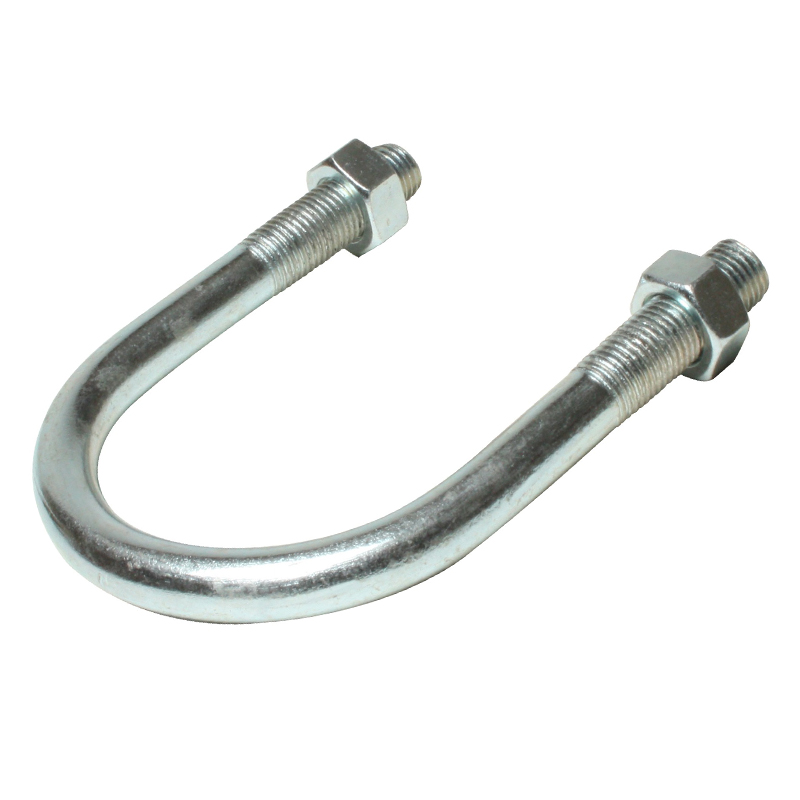Clamps & Bolts
- Home
- Product Range
- Clamps & Bolts
Clamps & Bolts
Clamps and bolts are essential components in various industries, providing the means to secure, fasten, and hold together different parts of structures, machinery, and equipment. These components play a critical role in ensuring the stability, safety, and integrity of diverse applications ranging from construction to manufacturing.
Clamps:
Clamps are devices designed to hold objects tightly together, prevent movement, or provide structural support. They come in various types, each serving a specific purpose:
C-Clamps: These clamps have a C-shaped frame with a screw mechanism to tighten or loosen, making them versatile for holding materials together during welding, woodworking, or metalworking.
Bar Clamps: Bar clamps consist of a long bar with adjustable clamping heads on either end. They are commonly used for securing large materials during gluing or woodworking projects.
Pipe Clamps: Designed specifically for holding pipes together, these clamps have jaws that can be adjusted to the size of the pipe. They are commonly used in plumbing and construction.
Spring Clamps: Featuring a simple spring mechanism, these clamps are quick and easy to use. They are often used for temporary holding or clamping in situations where a more permanent solution is not required.
Toggle Clamps: Toggle clamps use a toggle mechanism to hold objects securely. They are often used in manufacturing and woodworking, providing a quick and reliable way to hold down workpieces.
Miter Clamps: Specifically designed for woodworking, miter clamps hold together miter joints during the gluing process, ensuring accurate alignment.
Bolts:
Bolts are threaded fasteners that, when combined with nuts, provide a secure and reliable means of joining materials. They come in various sizes, materials, and configurations:
Hex Bolts: Hex bolts have a hexagonal head and are tightened or loosened using a wrench. They are commonly used in construction and general-purpose applications.
Carriage Bolts: Carriage bolts have a round head and a square neck, preventing them from turning when being tightened. They are often used in wood-to-wood connections.
Machine Bolts: Machine bolts have a straight, non-tapered shank and can be fully or partially threaded. They are suitable for applications where a smooth surface is required beneath the bolt head.
Anchor Bolts: Anchor bolts are embedded in concrete to secure structural elements. They are often used in the construction of buildings and bridges.
Eye Bolts: Eye bolts have a looped head and are designed to be used with a nut for attaching cables or other loads. They are commonly used in lifting applications.
U-Bolts: U-bolts have a U-shaped design and are used to clamp pipes or tubes to a supporting structure. They are commonly used in plumbing and automotive applications.
Importance in Construction and Industry:
Structural Stability: Clamps and bolts are crucial for maintaining the structural stability of buildings, bridges, and other infrastructure. They provide the necessary connections to withstand loads and forces.
Manufacturing and Assembly: In manufacturing, clamps and bolts are used to assemble components, ensuring that machinery and equipment are securely held together.
Versatility: Clamps and bolts offer versatility in a wide range of applications. Their diverse designs allow them to be used in various industries, including woodworking, metalworking, automotive, and construction.
Safety: Properly selected and installed clamps and bolts contribute to the safety of structures and equipment by preventing unintended movement, reducing the risk of accidents.
Repair and Maintenance: Clamps and bolts are essential for repair and maintenance activities, providing a means to replace or reinforce components in various applications.
Considerations in Selection:
Material Compatibility: The material of the clamp or bolt should be compatible with the materials it is securing to prevent corrosion or weakening of the joint.
Load-Bearing Capacity: Consider the load-bearing requirements of the application to choose clamps and bolts with sufficient strength.
Environment: Consider the environmental conditions, such as exposure to weather or chemicals, when selecting clamps and bolts to ensure they withstand the intended conditions.
Application-Specific Needs: Different applications may require specific types of clamps or bolts. Consider the design, size, and functionality needed for the task at hand.
In summary, clamps and bolts are indispensable components in construction, manufacturing, and various industries. Their role in securing, holding, and connecting materials is fundamental to the stability, safety, and functionality of structures and equipment. Proper selection, installation, and maintenance of clamps and bolts are crucial for ensuring the reliability and longevity of the systems they support.






